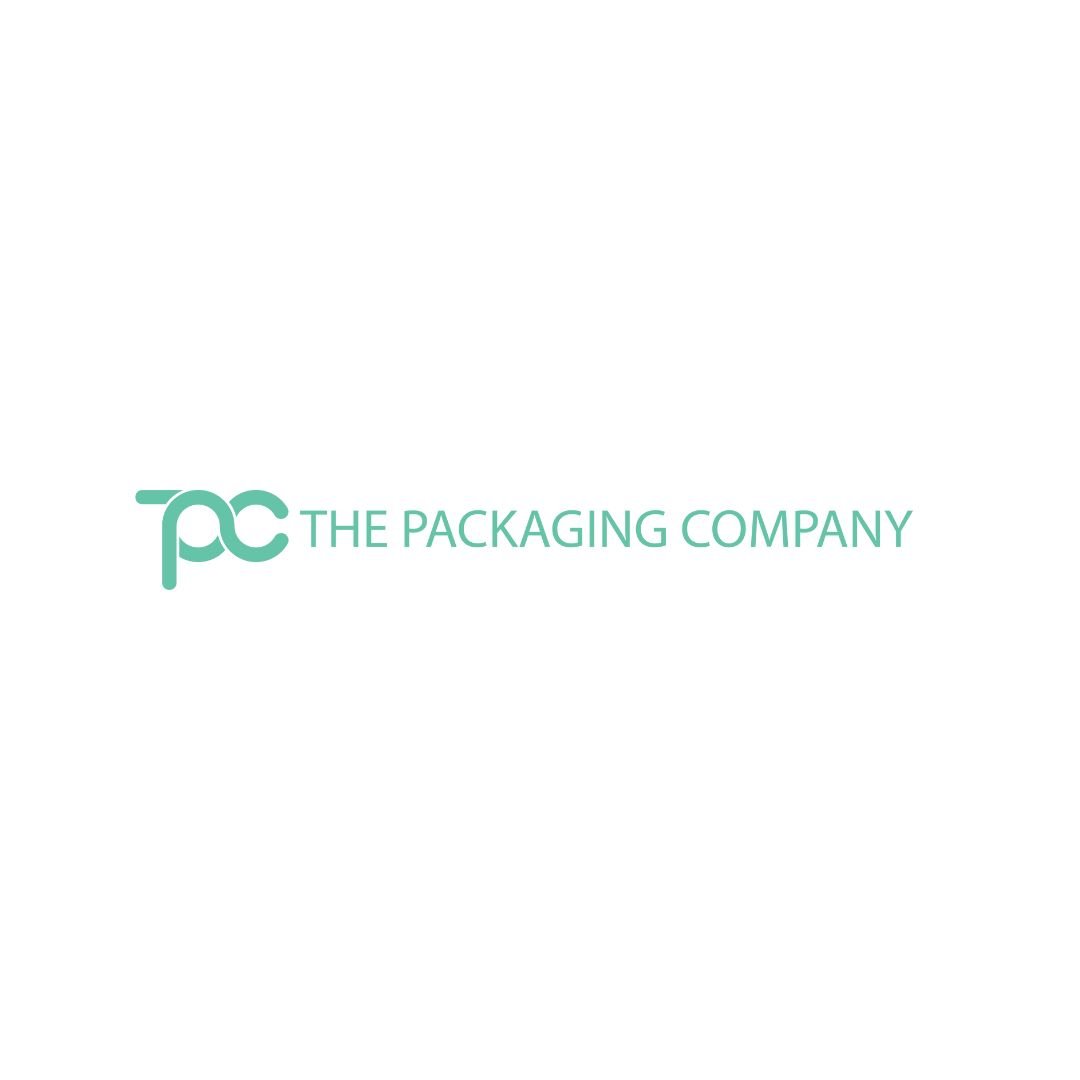As the personal care industry embraces sustainability and functionality, packaging has become more than just a vessel—it’s a branding statement. One packaging item gaining major attention is the 50g deodorant container. Compact, recyclable, and market-ready, these containers are becoming a go-to choice for indie and emerging cosmetic brands aiming for clean aesthetics and eco-conscious appeal.
This blog explores the surge in demand for 50g deodorant containers, their relevance in today’s cosmetic landscape, and how they stand alongside other packaging solutions like 200ml cosmetic squeeze tubes.
Why 50g Deodorant Containers Are Booming
Today's cosmetic startups are designing products that balance form, function, and sustainability. The 50g deodorant container fits right into this trifecta.
Here’s why this format is seeing rapid adoption:
- Perfect for Travel & Sampling: The 50g size is TSA-compliant, making it ideal for travel kits and trial sizes.
- Visual Shelf Impact: Their compact design ensures a sleek appearance while offering enough space for branding and ingredient details.
- Controlled Dispensing: Most 50g tubes come with a dial or push-up base, allowing precise application with minimal mess.
- Eco-Conscious Appeal: Many are made from recyclable PP (polypropylene), appealing to environmentally aware consumers.
For startup cosmetic companies, this is not just packaging—it’s part of the product’s identity.
Key Technical Features of 50g Deodorant Containers
To choose the right deodorant container, brands must understand the technical aspects. Let’s break down what makes 50g deodorant containers an efficient packaging solution:
- Material Options: Primarily manufactured in HDPE or PP plastic—lightweight, durable, and recyclable.
- Applicator Style: Available in twist-up, push-up, and dial-based variants for different user experiences.
- Sealing & Filling: Designed to handle both hot and cold-pour formulas. This flexibility is crucial for natural deodorants or balms.
- Barrier Protection: Offers resistance against oil-based or active formulations, helping preserve product integrity.
These technical benefits are essential for startups crafting aluminum-free, organic, or water-based deodorants.
How 200ml Cosmetic Squeeze Tubes Fit into the Ecosystem
While 50g deodorant containers are great for solids and balms, liquid or gel-based products need another solution. That’s where 200ml cosmetic squeeze tubes come into play.
Used for products like lotions, gels, and sunscreens, these tubes offer:
- Controlled Dispensing: Allows users to squeeze just the right amount.
- Flexible Material: Often made from multilayered PE or aluminum laminate to preserve product freshness.
- Larger Capacity: Suitable for standard-sized retail units, offering convenience without excessive bulk.
Startups that offer both cream deodorants and other skincare lines often combine these two packaging types to create cohesive branding across multiple product formats.
Sustainability: A Top Priority in Packaging
As cosmetic consumers become more eco-conscious, packaging is now under greater scrutiny. Both 50g deodorant containers and 200ml cosmetic squeeze tubes must meet sustainable packaging criteria to gain market trust.
Current innovations include:
- Mono-material packaging: Easier to recycle compared to mixed-material containers.
- PCR (Post-Consumer Resin): An increasingly popular alternative for reducing plastic use.
- Refillable systems: Especially relevant for stick deodorants where the outer casing can be reused.
For example, some brands now offer refill pods that slide into the 50g deodorant container, reducing the need to discard the entire unit after use.
Why Startups Should Prioritize Packaging Early
Startups often treat packaging as an afterthought, but in today’s market, the right container can make or break a product launch. Packaging impacts:
- Shelf Visibility
- Consumer Experience
- Brand Perception
- Compliance & Regulations
Choosing the correct 50g deodorant containers or 200ml cosmetic squeeze tubes isn’t just about aesthetics—it’s about aligning with your product's functionality and the consumer's values.
Final Thoughts
The rise of 50g deodorant containers isn’t just a trend—it’s a signal of how the cosmetic industry is evolving. Minimalist design, eco-friendly materials, and user-focused functionality are now non-negotiable. For brands entering this space, investing in high-quality, technically sound packaging like the 50g deodorant container or 200ml cosmetic squeeze tubes ensures long-term growth and consumer trust.
Whether you're launching a natural deodorant line or a full skincare collection, the container isn't just the outer shell—it's part of the product story.
FAQs
1. Why are 50g deodorant containers popular among emerging cosmetic brands?
They offer a compact, eco-friendly, and travel-ready format with just enough space for effective branding and mess-free application.
2. What types of products are best suited for 50g deodorant containers?
These containers are ideal for solid balms, natural deodorants, and stick-based skincare, especially those using hot- or cold-pour formulas.
3. How do 200ml squeeze tubes complement deodorant packaging?
200ml squeeze tubes are great for liquids, gels, and creams—providing a flexible, squeezable format for products like lotions or SPF.
4. Are these packaging options sustainable?
Yes. Many use mono-material plastics, PCR content, or refillable systems, aligning with growing consumer demand for eco-conscious packaging.
5. Why should startups focus on packaging from the start?
Packaging influences brand image, shelf presence, and user experience. Choosing the right container early ensures product success and market alignment.

